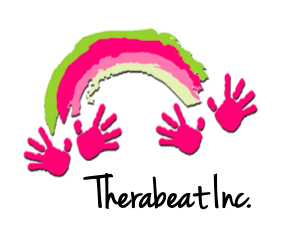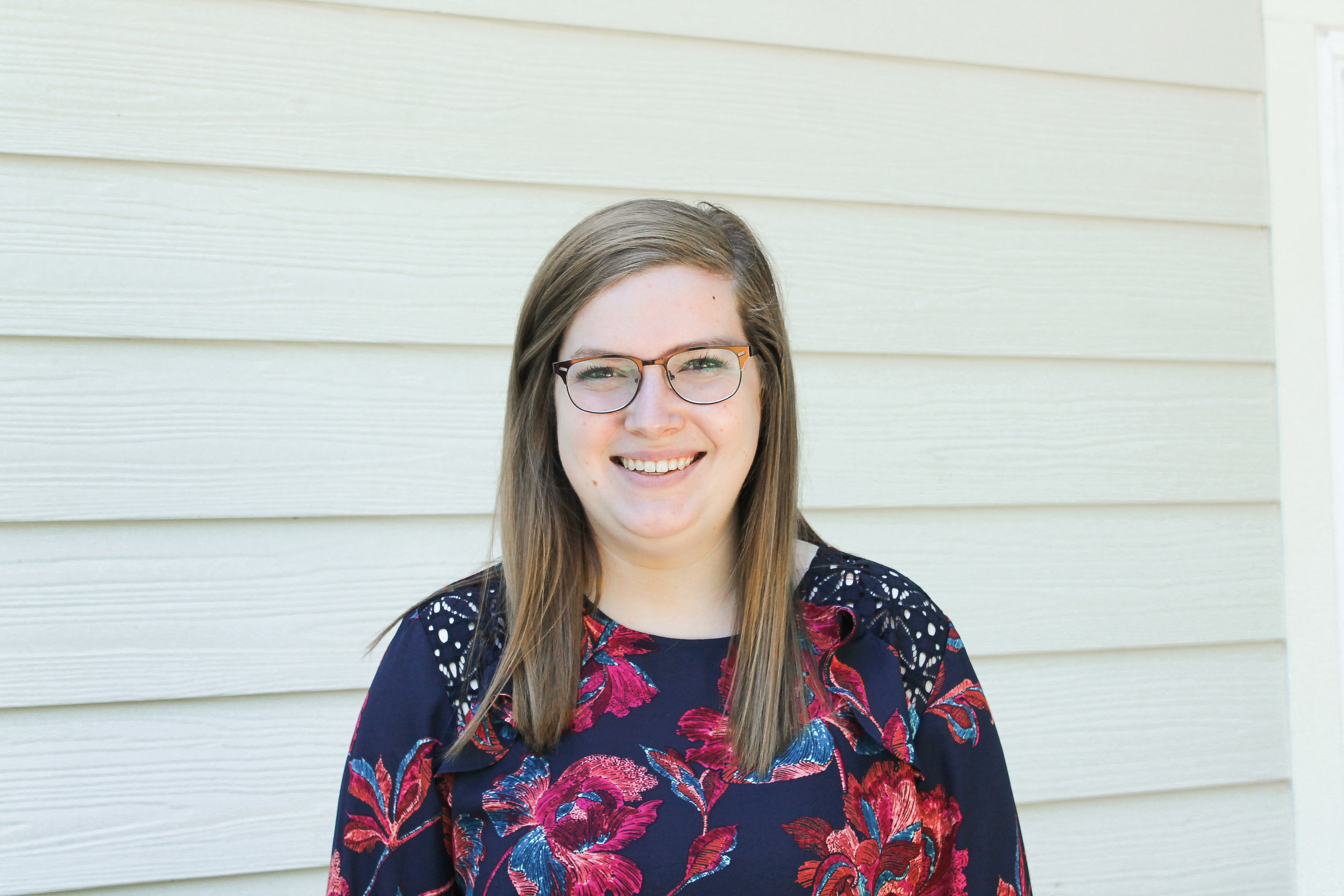The term Autism Spectrum Disorder “refers to a broad range of conditions characterized by challenges with social skills, repetitive behaviors, speech and nonverbal communication” that affects approximately 1 in 59 children in the United States (Autism Speaks, n.d.). Signs of the disorder begin to appear around the age of 3 but may be present as early as 18 months. As a spectrum disorder, Autism presents itself in many ways. The two most common symptoms of Autism are: 1. interpersonal challenges such as difficulty recognizing/interpreting emotions and eye contact and 2. restricted and repetitive behaviors like hand flapping and rocking (Autism Speaks, n.d.). The cause of Autism is unknown. Environmental factors such as birth related complications may increase risk but research shows that there are both genetic and environmental components that factor into the Autism diagnosis. (Autism Speaks, n.d.).
In 2015, the National Autism Center named music therapy as an “emerging intervention” for Autism treatment (AMTA Strategic Priority Group). Common goals include improvement of language/communication, behavioral/psychosocial, cognitive, perceptual, and motor skills (Autism Spectrum Disorders, 2010). Music therapy goals are based on an assessment that measures a client’s strengths, weaknesses, and preferences while considering the family’s priorities. The assessment is used to measure a client’s baseline through musical interventions and then develop a treatment plan (AMTA Strategic Priority Group, 2015).
Music interventions like instrument play help to improve social skills and interpersonal interactions. Other common interventions include songwriting and lyric analysis. These interventions help with idea development and creativity (Autism Spectrum Disorders, 2010). Research shows that music therapy helps improve communication, attention span, fine and gross motor skills, interpersonal skills, responsibility, emotional expression, and play.
Musical social stories can also help change behaviors and teach new skills (AMTA Strategic Priority Group, 2015). A social story is a short story that plainly states the steps of an activity or a target behavior. It may also tell relevant information such as who, what, when, or where an activity takes place (Brownell, 2002, p.121). Social stories may be a task analysis of a specific activity like brushing teeth or an activity schedule that goes through the steps of a morning routine (Schwartzberg & Silverman 2013, p. 331). The first step to creating a social story is identifying a goal or target behavior and measuring the baseline. Once a goal is established and data has been collected, a story can be written using “descriptive, directive, perspective, and control” sentences (Brownell, 2002, p. 122). Social stories can then be implemented in music therapy sessions to address target behaviors.
The following is an example of a musical social story:
Music therapy is able to use social stories and can “lead to improved comprehension and generalization of targeted social skills (Schwartzberg & Silverman, 2013, p. 334).When a story is presented to a client it is best to have between one and three sentences on each page with a picture. As the story is read to the client, demonstrate the appropriate behaviors and prompt the client to follow along (Brownell, 2002, p.123). Social stories can be read like a book or sung like a song. When creating a new social story, the lyrics and tune can be original or they can be written “piggyback” style where the therapist selects a familiar, memorable tune and creates new words. Brownell’s research found that when read, social stories increased target behaviors such as appropriate greetings and parallel play and decreased undesirable behaviors such as aggression. This research found that when sung, social stories increased target behaviors at an even higher rate (2002, p.121). Schwartzberg and Silverman’s study found anecdotal evidence that music based social stories were “enjoyable,” “catchy,” and transferable to daily life (2013, p. 334).
In closing, music therapy uses social stories to address goals such as communication, behavior, and cognitive skills. Social stories teach behaviors or new skills that can be used at home or school to prompt desired behaviors. Musical social stories are set to an easily singable tune. This musical quality makes the social story memorable and transferable to other settings which helps the client be successful in and out of music therapy.
-Rachel Buchheit, Music Therapy Intern
References
AMTA Strategic Priority Group. (2015, August 26). Fact sheet: music therapy and Autism Spectrum Disorder (ASD). American Music Therapy Association. Retrieved from https://www.musictherapy.org/assets/1/7/Fact_Sheet_ASD_and_MT__8-26-15.pdf
Autism Speaks. (n.d.).What is Autism? Retrieved June 26, 2019, from https://www.autismspeaks.org/
Autism Spectrum Disorders: Music therapy research and evidence based practice support. (2010). American Music Therapy Association. Retrieved from
https://www.musictherapy.org/assets/1/7/bib_autism10.pdf
Brownell, M. (2002). Musically Adapted Social Stories to Modify Behaviors in Students with Autism: Four Case Studies. Journal of Music Therapy, 39(2), 117-144.
Schwartzberg, & Silverman. (2013). Effects of music-based social stories on comprehension and generalization of social skills in children with autism spectrum disorders: A randomized effectiveness study. The Arts in Psychotherapy,40(3), 331-337.






